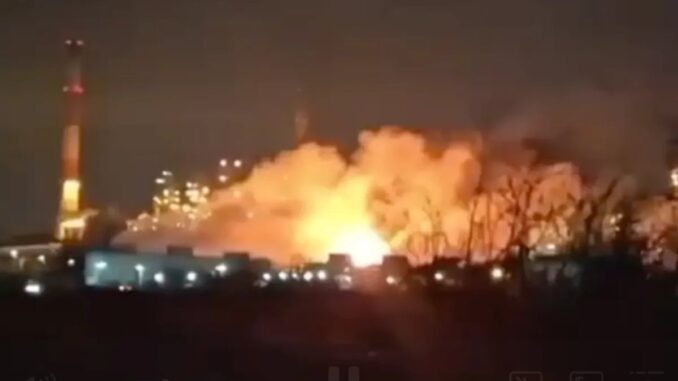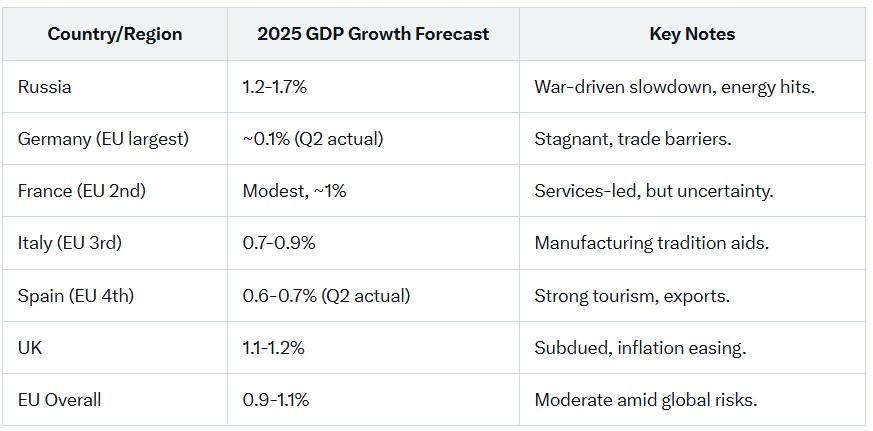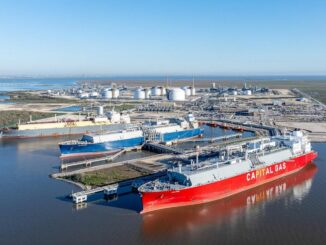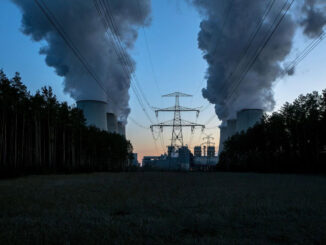
In a bold escalation of the ongoing conflict, Ukrainian forces have targeted key Russian energy infrastructure, striking multiple oil and gas pipelines in a 24-hour blitz. These attacks, confirmed by Ukrainian military intelligence, have crippled vital supply lines that fuel both Russia’s military operations and its domestic economy. As the war drags on into its fourth year, such strikes raise pressing questions: Is Ukraine aiming to force a peace deal by choking Russia’s war machine, or are these actions prolonging the conflict by hardening Moscow’s resolve? With global energy markets already volatile, the ripple effects could reshape natural gas supplies, Russian exports, and broader economic stability.
The Latest Strikes: A Direct Hit on Russia’s Energy Lifelines
On September 8, 2025, Ukrainian drones and sabotage operations disabled three major pipelines. The Kuibyshev-Lysychansk oil pipeline in Saratov Oblast, with an annual capacity of 82 million tons, was severely damaged, halting petroleum flows to Russian military units. In Penza Oblast’s Zheleznodorozhny district, explosions took out two main gas pipelines with a combined capacity of 2 million barrels per day (bpd), plus two regional lines. Russian state media dismissed the incidents as “planned exercises,” but the disruptions threaten to push Russia’s fuel markets into crisis, exacerbating shortages amid already strained supplies.
These weren’t isolated events. Concurrent drone strikes hit major refineries like Rosneft’s Ryazan (260,000 bpd) and Saratov (140,000 bpd) plants, Lukoil’s Volgograd refinery, and the Ust-Luga port complex on the Baltic Sea, where repairs could take up to six months. At least half a dozen refineries have been disrupted recently, forcing Russia to ramp up crude exports over domestic processing. This comes as the EU and U.S. mull new sanctions to further squeeze Moscow’s oil revenues.
Downstream Impacts on Natural Gas: Tightening Supplies and Global Ripples
The strikes directly affect natural gas, a cornerstone of Russia’s energy exports. The damaged gas pipelines in Penza, with their 2 million bpd capacity, disrupt flows critical for both domestic heating and industrial use. Downstream effects are profound: reduced gas availability could spike prices in Russia, leading to gasoline shortages and higher costs for consumers and industries. Globally, this exacerbates Europe’s shift away from Russian gas, which has already plummeted since the invasion. Russian pipeline gas exports to Europe dropped 14% in January 2025 alone, following the end of transit through Ukraine at the year’s start. Total Russian gas exports have dwindled by an estimated 42% since 2021, with revenues from gas falling to €40 billion in the third year of the war.
Downstream industries like chemicals, fertilizers, and power generation face higher input costs, potentially slowing manufacturing output. In Russia, this could lead to rationing or forced shutdowns, while internationally, it boosts demand for alternatives like U.S. LNG, benefiting American refiners. The attacks have already triggered fuel crises in some Russian regions, with gasoline prices hitting record highs.
A Pattern of Escalation: Other Bombings and Production Cuts
This isn’t Ukraine’s first rodeo in targeting Russia’s energy sector. Since early 2025, drone strikes have knocked out over 20% of Russia’s oil refining capacity in August alone, disrupting at least 1.1 million bpd. Key incidents include:August 2025 refinery attacks: Hits on 10 plants slashed refining by 17%, causing gasoline shortages and halting lucrative exports. Ukraine cut Russia’s refining capacity by a fifth overall, starving the economy of revenue.
July 2025 energy site strikes: At least 27 facilities hit in six months, crippling oil exports and extending gasoline export bans.
Druzhba pipeline and Ust-Luga terminal: Earlier attacks disrupted oil processing and exports, creating regional fuel dry-ups.
These have reduced production significantly: Refinery attacks in August led to lower petroleum product output but increased crude exports by freeing up oil. Russia raised its August oil export plans after drone disruptions. Overall, fossil fuel exports dropped 8% in the third year of the invasion compared to pre-war levels, with gas volumes to Europe falling 9.4% quarter-on-quarter in Q2 2025. Coal exports also declined 13% from 2022 to 2024.
On exports, Russia earned €242 billion from fossil fuels in the invasion’s third year, down 3% year-on-year, with gas at €40 billion. Shifts to Asia are evident, but total volumes are lower, with pipeline gas revenues down 18% in January 2025. The end of Ukraine transit in January 2025 marked the close of Russia’s dominance in European gas markets.
Russian Economy Year-to-Date: Growth Slowing Amid War Costs
As of September 2025, Russia’s economy shows resilience but clear signs of strain. GDP grew 1.1% in Q2 2025 year-on-year, down from 4.0% in Q2 2024. Year-to-date, estimates peg growth at around 1.2% for May, with full-year forecasts slashed to 1.5% from 2.5% due to high interest rates stifling borrowing. The European Commission forecasts 1.7% for 2025, cooling from 4.3% in 2024. War spending exceeds 20% of GDP, with over $450 billion funneled through budgets and off-balance loans.
Russia is on track for modest growth, but headwinds like sanctions, labor shortages, and energy disruptions threaten it. Analysts predict 1.2% for 2025, with unemployment low at 2.3% but inflation at 9.5%. Nominal GDP hovers at $2.2 trillion, stagnant since 2013.
Comparing to EU and UK: A Tale of Uneven Recovery
Among the top EU economies by GDP volume, growth varies. Germany, Europe’s largest at over €4.3 trillion in 2024, saw GDP dip 0.1% in Q2 2025. France (second-largest) and Italy (third) also stagnated or declined slightly, with Italy at -0.1%. Spain shone with 0.7% quarterly growth, driven by services.
Overall, EU GDP rose 0.2% in Q2, up 1.5% year-on-year. Forecasts for 2025: Eurozone at 0.9-1.1%, with Germany at modest levels due to trade tensions. The UK, with GDP growth of 0.3% in the three months to June 2025 (beating 0.1% forecasts), is projected at 1.1-1.2% for the year. This edges out Russia’s 1.5% forecast but lags pre-pandemic trends, amid inflation and trade uncertainties.

These strikes underscore a grim reality: As Ukraine targets Russia’s economic jugular, peace seems elusive. With energy flows disrupted and economies strained, the path to resolution may lie in diplomacy—or further escalation. For now, the world watches as fuel supplies tighten and growth forecasts dim.
Avoid Paying Taxes in 2025
Crude Oil, LNG, Jet Fuel price quote
ENB Top News
ENB
Energy Dashboard
ENB Podcast
ENB Substack






Be the first to comment